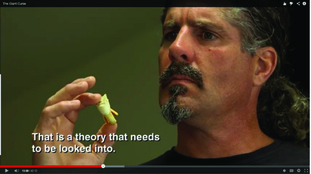
On the most recent episode of Search for the Lost Giants ("The Giant Curse;" S1 E4), a visitor named Terje Dahl explains his theory that giant humans from Asia sailed across the Pacific and inter-bred with Native Americans, giving rise to the prehistoric giants of the New World that the Vieira brothers are searching for. His theory involves the Denisovans, a recently-discovered population of hominids that lived in Siberia about 41,000 years ago. The Denisovans are known only from a few bone fragments found in Denisova Cave: a finger bone, a toe bone, and two teeth.
Dahl produces a tooth that he says is a "replica" of the tooth from Denisova Cave. It is a large tooth, and the brothers Vieira are suitably impressed by its size. Dahl says: "They thought at first it was a cave bear tooth, but it’s not a cave bear tooth. It’s a human tooth. It’s a replica of that tooth that was found inside a Denisova cave in Siberia."
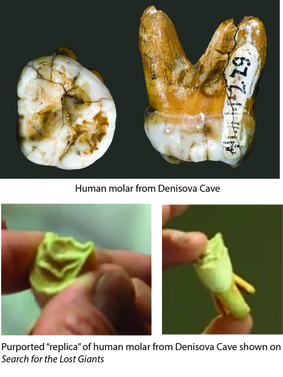
The purpose of Dahl presenting this "replica" tooth is to make a point about the physical size of the Denisovans: a very large tooth must have belonged to a very large individual, right? Well, not really. While it seems to make logical sense, it's not necessarily true. Though not as large as Dahl's animal tooth, the actual tooth from Denisova is remarkable for its size, falling outside the known size range of second and third molars of contemporary Homo sapiens and Neanderthal populations. That does not necessarily mean that the tooth's owner was an enormous person, however.
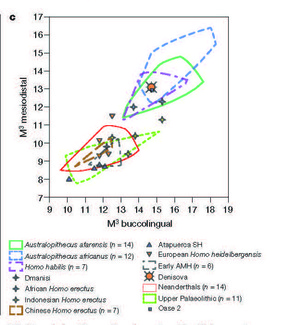
The transparent misrepresentation of the animal tooth as a "replica" of the tooth from Denisova Cave should trouble anyone who wants to claim that Search for the Lost Giants is a program built on legitimate inquiry. Do the producers of the show take any steps to check facts and vet guests before they send the CGI team to work? Did no-one notice that the "replica" tooth probably used to belong to a horse?
Misrepresentation and fabrication are career killers for professional scientists: Falsus in uno, falsus in omnibus. A scientist who is willing to manufacture or willfully distort evidence lacks credibility. Search for the Lost Giants is just one of many television programs that purports to be setting the prehistoric record straight and doing the public the great service of exploring topics that our governments, schools, and scientific establishments are either ignoring or actively conspiring to conceal from us. This show, Ancient Aliens, and America Unearthed are united by the complaint that mainstream science doesn't take them seriously. NEWS FLASH: until you begin to play by the rules of science, you will never be taken seriously by science. Falsus in uno, falsus in omnibus.
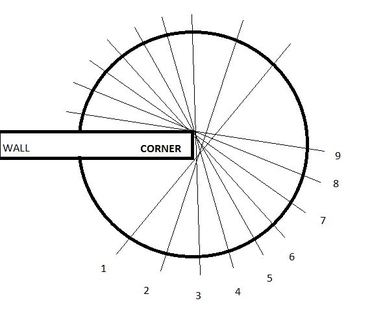
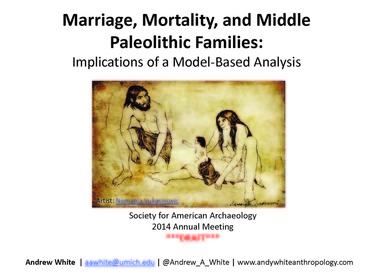
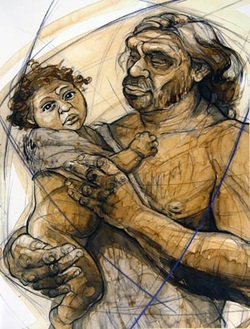
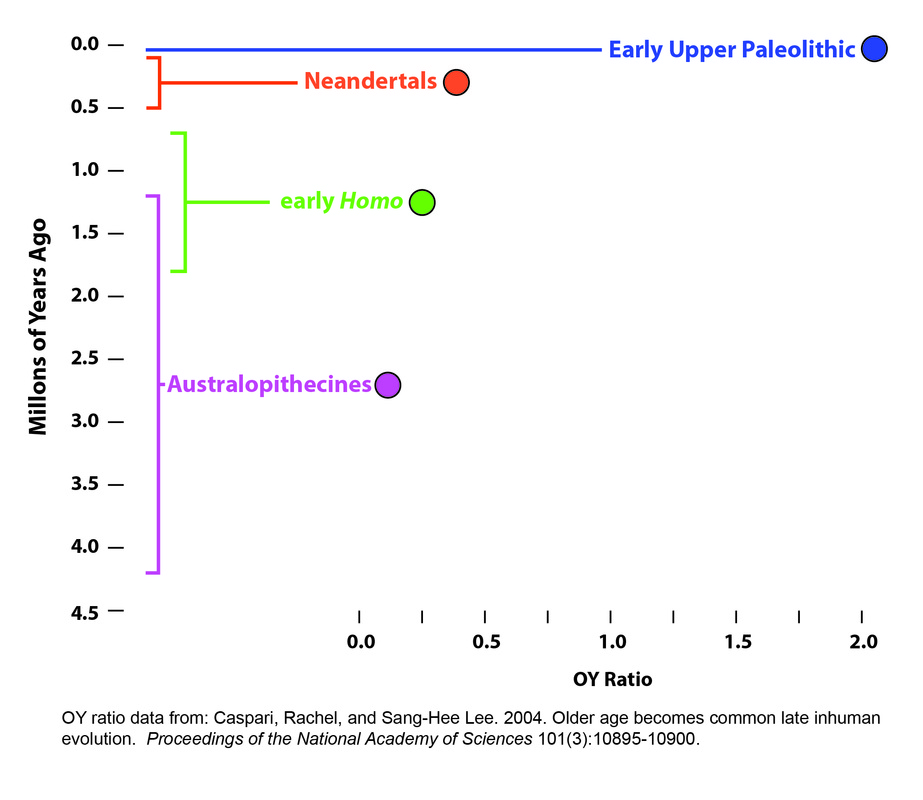
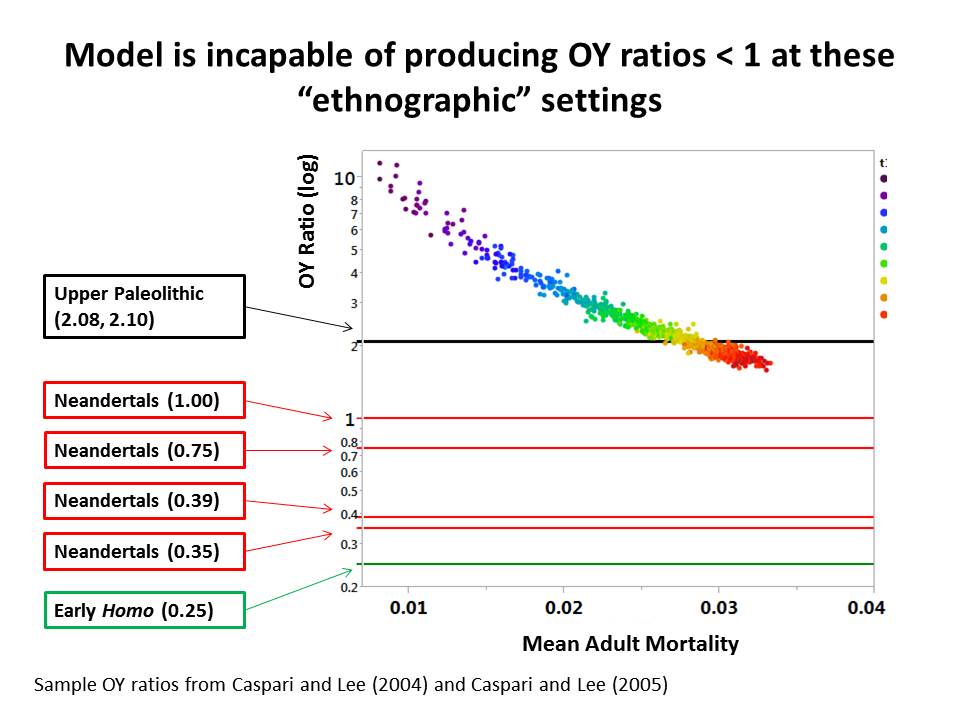
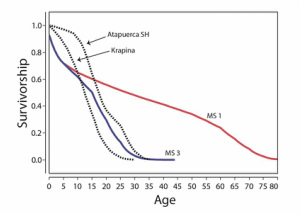
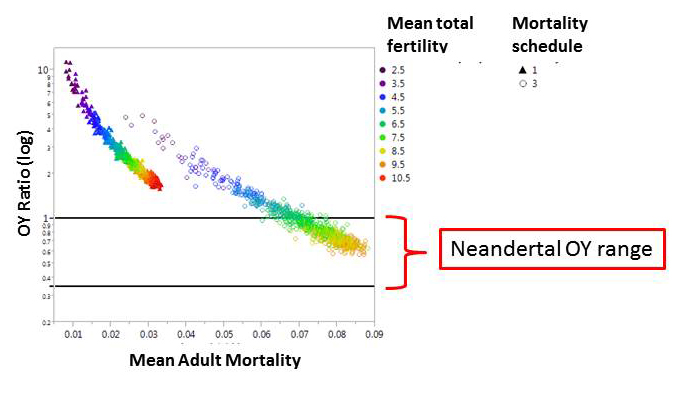


 RSS Feed
RSS Feed
